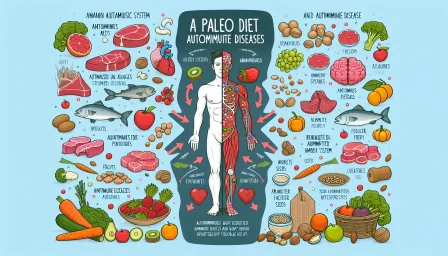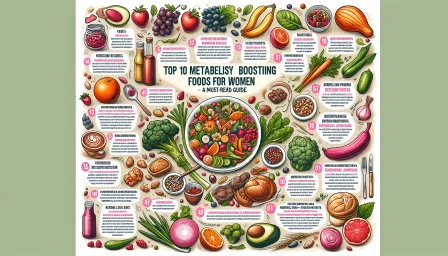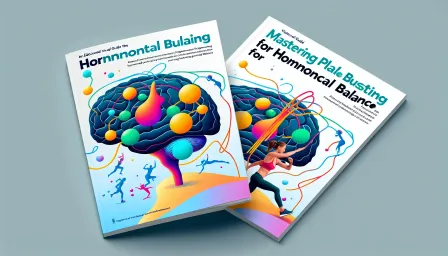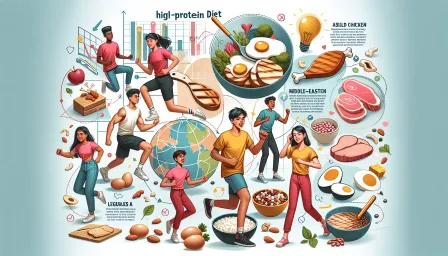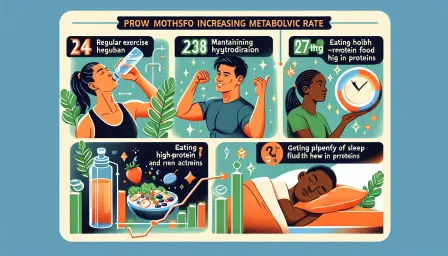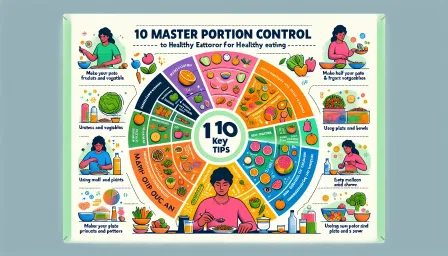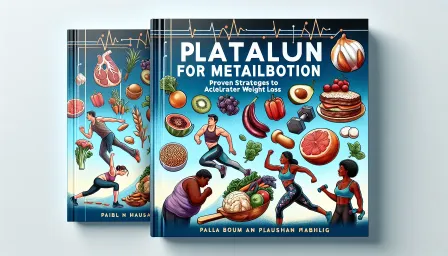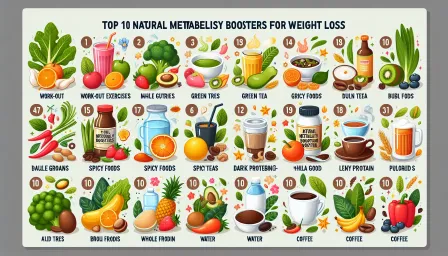High-Protein Diet for Weight Loss: Your Ultimate Guide to Shedding Pounds Fast
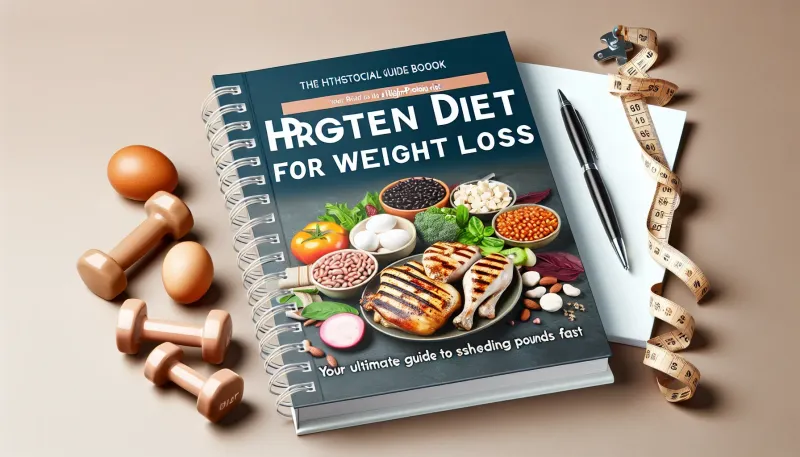
Discover how a high-protein diet can help you lose weight effectively. Learn about the benefits, strategies, and tips for a successful high-protein diet for weight loss.
In the quest for weight loss, many individuals have turned to a high-protein diet due to its effectiveness and supporting evidence. Understanding how and why a high-protein diet works can significantly boost your chances of achieving desired weight loss goals. This article delves deep into the benefits, strategies, and practical tips for adopting a high-protein diet to shed those extra pounds efficiently.
What is a High-Protein Diet?
A high-protein diet emphasizes the consumption of protein-rich foods while reducing the intake of carbohydrates and fats. This diet involves incorporating more protein into each meal, which can be achieved through various sources such as lean meats, dairy products, legumes, and plant-based proteins. Typically, a high-protein diet includes 25-35% of total daily calories from protein.
Benefits of a High-Protein Diet for Weight Loss
1. Increased Satiety and Reduced Hunger
Protein is known to promote feelings of fullness. This macronutrient triggers the release of hormones that reduce appetite and increase satiety, helping you consume fewer calories throughout the day without feeling deprived.
2. Enhanced Metabolic Rate
Digesting protein requires more energy compared to carbs and fats, a phenomenon known as the thermic effect of food (TEF). Consuming a high-protein diet can increase your metabolic rate, enabling you to burn more calories even at rest.
3. Preservation of Lean Muscle Mass
Maintaining muscle mass is crucial for sustainable weight loss. During calorie restriction, muscle loss can occur along with fat loss. A diet high in protein helps preserve lean muscle mass, ensuring that most of the weight you lose comes from fat stores.
4. Improved Body Composition
A high-protein diet not only aids in weight loss but also helps in improving body composition. By reducing fat and retaining muscle mass, you can achieve a more toned and healthier physique.
Implementing a High-Protein Diet: Tips and Strategies
1. Choose Quality Protein Sources
Opt for lean and high-quality protein sources. Good options include chicken breast, turkey, fish, eggs, dairy products, lentils, chickpeas, tofu, and tempeh. These provide essential nutrients without excessive fats and calories.
2. Balance Macronutrients
While protein is the cornerstone of this diet, it is important to balance it with healthy fats and carbohydrates. Vegetables, whole grains, nuts, and seeds provide fiber and essential vitamins that support overall health.
3. Monitor Portion Sizes
Even with high-protein foods, portion control remains crucial. Avoid overloading your plate with large portions, and be mindful of your actual protein needs based on factors such as age, sex, and activity level.
4. Stay Hydrated
Increasing protein intake can lead to dehydration if not accompanied by adequate fluid consumption. Drink plenty of water throughout the day to support digestion and overall bodily functions.
5. Plan Meals Ahead
Meal planning can help ensure that you have access to high-protein options at all times. Prepare meals and snacks ahead, focusing on incorporating protein-rich foods in every meal to stay on track easily.
Sample High-Protein Meal Plan for Weight Loss
Breakfast
Example: Greek yogurt with berries and a handful of almonds.
Lunch
Example: Grilled chicken salad with mixed greens, tomatoes, cucumbers, and a light vinaigrette.
Snack
Example: A hard-boiled egg or a protein shake.
Dinner
Example: Baked salmon with steamed broccoli and quinoa.
Evening Snack
Example: Cottage cheese with sliced peaches or a small serving of nuts.
This meal plan offers a balanced approach, ensuring that you receive adequate protein while enjoying a variety of foods. Adjust portion sizes and food choices based on your preferences and nutritional requirements.
Potential Challenges and Solutions
1. Nutrient Deficiency Concerns
A high-protein diet might limit your intake of certain nutrients found in carbohydrate-rich foods. To counter this, include a variety of vegetables, fruits, and whole grains to ensure a well-rounded nutrient intake.
2. Meal Prep and Planning
Preparing high-protein meals can be challenging for those with busy schedules. To save time, cook in batches and utilize quick protein options like canned beans or pre-cooked lean meats.
3. Digestive Issues
Some individuals may experience digestive issues when increasing protein intake. Gradually incorporate more protein into your diet, and choose easily digestible sources. Consulting with a healthcare professional or nutritionist can provide personalized advice.
Conclusion
Adopting a high-protein diet for weight loss comes with numerous benefits, from enhanced satiety and metabolic rate to improved body composition and muscle preservation. By making informed food choices, balancing macronutrients, and implementing thoughtful strategies, you can effectively use a high-protein diet to reach your weight loss goals. Always consider consulting a healthcare professional before making significant dietary changes to ensure that the diet suits your personal health needs.




